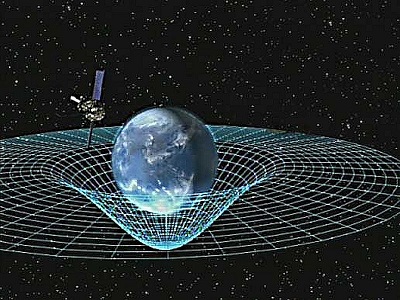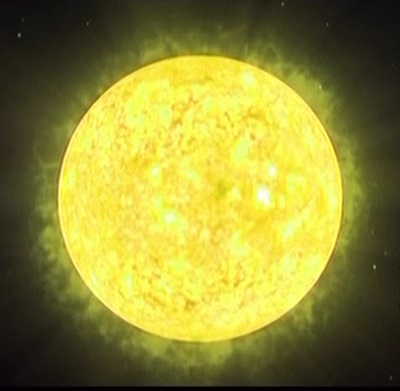We had the pleasure in vacationing in Jamaica this past summer. Of course we made it to the beach where I waded in and sat, enjoying the warm waters. As I looked around at the sand and rocks beneath the water I found a rock which appeared to have the impressions of a leaf embedded in it. With the possibility of having found a fossil I was, of course motivated to look for more. I found another one which appeared to have impressions of some type in it. I made a mental note to find someone knowledgeable about fossils to take a look at these to confirm whether these are what I thought they are.
As I continued to look for rocks in the warm water I came across an item I didn’t expect to find. It was perfectly square, about 1/8″ inch thick, flat on the bottom with beveled edges on top. It was blue with white speckles on top with a shiny coat covering the top, and solid white on the bottom. Continue Reading



